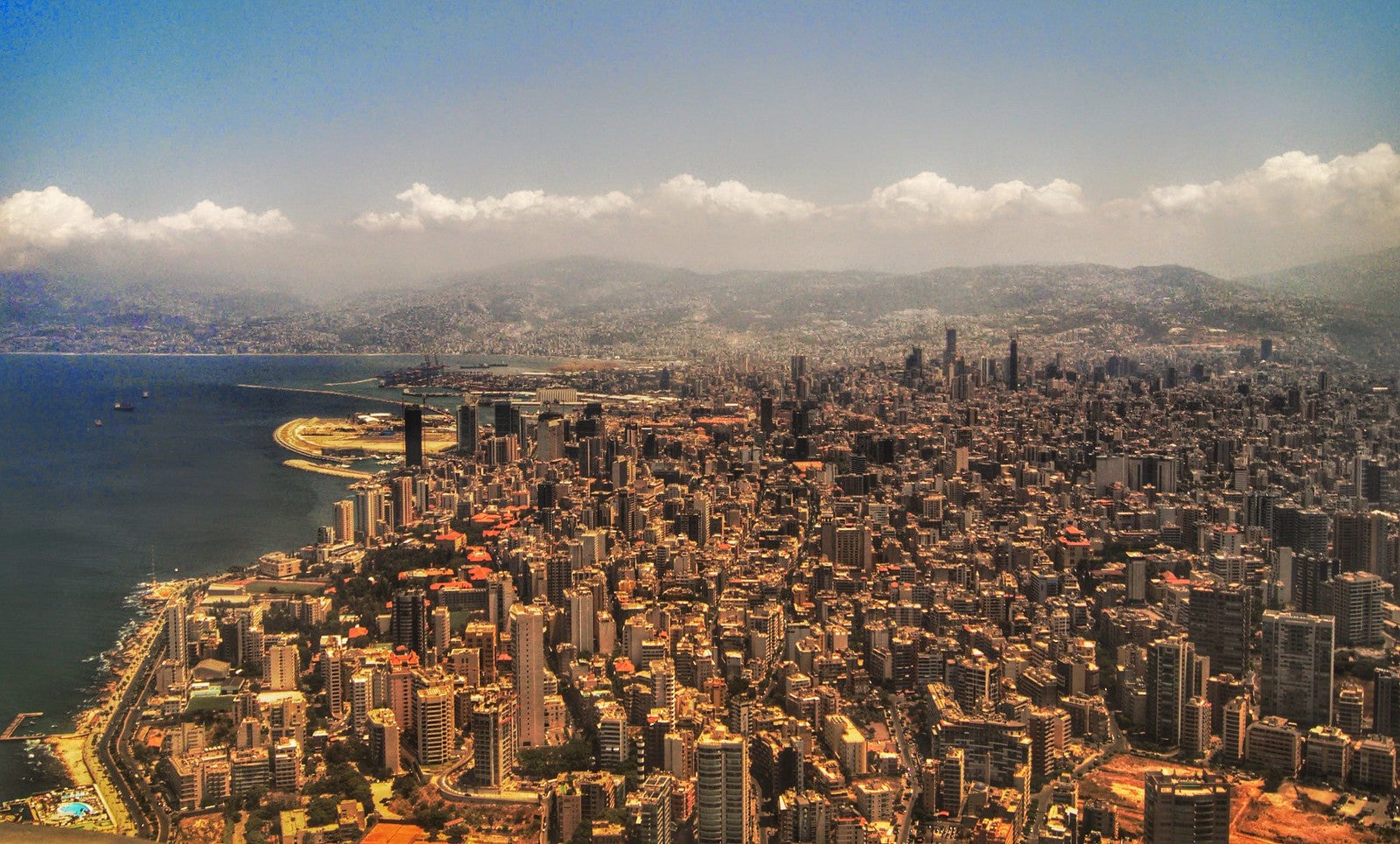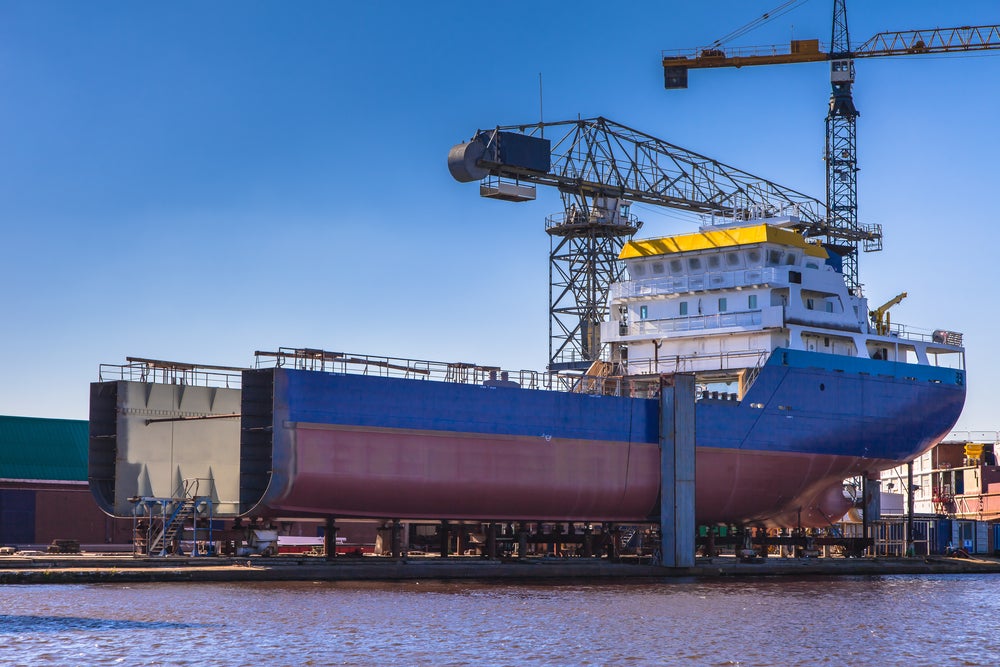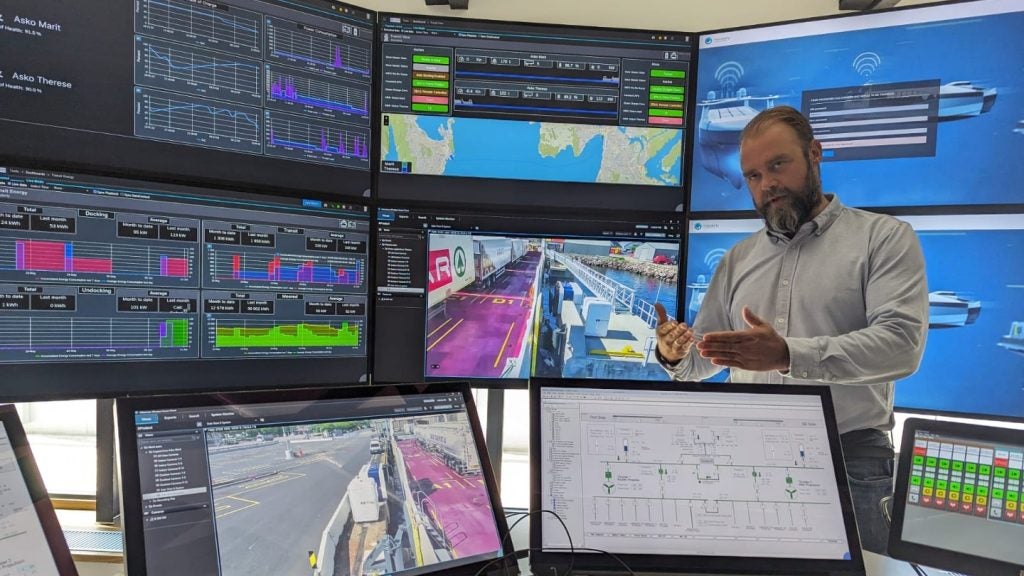
On what appeared to be just another August afternoon, a fire started in a warehouse in the port of Beirut, Lebanon’s epicentre of trade and imports. Firefighters barely had time to reach the scene when an explosion shook the city and wiped out many buildings in the port’s surroundings. The shockwave was felt almost 10km away.
One could argue that these were the key moments behind the tragic explosion that killed almost 200 people, injured many more and caused billions of dollars’ worth of damages earlier this summer in Beirut. But the truth is that there is so much more to it than it initially seemed.
It’s been a few months since the event took place but authorities are still investigating how 2,750 tonnes of ammonium nitrate – a highly reacting material typically used for fertilisers – were kept stored in the port for seven years with no intervention.
With a new government currently being formed under increasing pressure from the public, Lebanon is now facing a new social and economic crisis in the middle of a pandemic. Below is a timeline of how the events unfolded and a look at the aftermath of the tragedy.
October 2013
In October 2013, a Moldova-flagged ship on its way from Georgia to Mozambique stopped at Beirut port after about a month at sea. Owned by a Russian businessman, the Rhosus merchant vessel was carrying some 2,750 tonnes of ammonium nitrate when it docked in Lebanon.
The ship never left the port. Upon arrival in Beirut, its crew reportedly went on strike over unpaid wages, while technical faults and outstanding port bills worth $100,000 held it ashore. Unable to sail again, the Russian owner is believed to have disappeared and abandoned the ship, leaving his crew trapped in Lebanon for almost a year.
How well do you really know your competitors?
Access the most comprehensive Company Profiles on the market, powered by GlobalData. Save hours of research. Gain competitive edge.

Thank you!
Your download email will arrive shortly
Not ready to buy yet? Download a free sample
We are confident about the unique quality of our Company Profiles. However, we want you to make the most beneficial decision for your business, so we offer a free sample that you can download by submitting the below form
By GlobalData2014-2015
With the captain and his crew engaged in a lawsuit to leave Lebanon, the Rhosus was eventually unloaded in 2014. The cargo of ammonium nitrate was stored in the port’s warehouse 12, where it sat idle for six years.
During this time, then-director of Lebanese customs Shafik Merhi sent the first of several letters to an “urgent matters judge” warning of the dangers of keeping the chemical at the port and advice of future steps. He never heard back.
According to Reuters, local port authorities and customs stakeholders continued to write warning letters in 2015. While these remained unanswered, it is not known how much longer the Rhosus stayed in the port, though the ship’s former captain recently claimed it sank two or three years ago.
2016 -2017
Up to six letters were sent to authorities in the aftermath of the cargo’s discharge from the Rhosus. Of these, three are thought to have been sent between 2016 and 2017.
“In view of the serious danger of keeping these goods in the hangar in unsuitable climatic conditions, we reaffirm our request to please request the marine agency to re-export these goods immediately to preserve the safety of the port and those working in it, or to look into agreeing to sell this amount to the Lebanese Explosives Company,” reads one of the letters, which was recently seen by Al Jazeera.
According to the Guardian, the last letter further urged the judge to act quickly in light of “the danger […] of leaving these goods in the place they are, and to those working there”.
December 2019
Lebanese news website Al-Akhbar claims that a report on the threats posed by ammonium nitrate was submitted in December 2019 to a range of Lebanese Government departments, including the judiciary, the presidency, the Intelligence Directorate and the Customs Directorate.
While there is yet to be an official confirmation on this claim, the document allegedly mentions a hole in the warehouse 12 – where the ammonium nitrate was kept – needing to be fixed. A preliminary investigation carried out in the aftermath of the explosion hypothesised that it was indeed the welding process of this hole (in either warehouse 12 or the nearby 9) that started the fire in the warehouse area eight months later.
4 August 2020
Reports of a fire taking place at the port started circulating around 5.40pm, shortly after the team of welders had finished sealing the hole in one of the warehouses. A variety of sources has provided different accounts on the timings and dynamics leading up to the explosion, though nothing has so far been confirmed.
As the blaze continued to expand, a group of firefighters had just arrived at the scene when the blast took place just after 6pm. Over 300,000 people are thought to have been displaced by the explosion, which also destroyed entire buildings and caused an estimated $15bn worth of damage to the city.
5-7 August 2020
The days following the blast saw a sequence of chaotic finger-pointing, resignations and rising frustration from the general public towards the government.
On 5 August Prime Minister Hassan Diab declared a two-week state of emergency in Beirut which gave the military full power to intervene. Having been declared a ‘disaster-stricken city’, the capital soon became the site of demonstrations that called for explanations on the government’s wrongdoings.
While triggered by the explosion, the protests were not the first to take place this year against what was later described as the “endemic corruption” within the Lebanese political spectrum.
As the world turned its attention to the Covid-19 outbreak, Reuters reported that the ammonium nitrate was inspected some six months before its explosion, with the team on site going as far as warning that failing to remove it would “blow up all of Beirut”.
8-10 August 2020
Amid mounting unrest and with a death toll rising to over 150 victims, Diab called for an early election on 8 August. The following day a host of parliament members and cabinet ministers – including Information Minister Manal Abdel Samad and Environment Minister Damianos Kattar – quit as a result of the blast.
Faced with a looming shortage of food supplies – most of which were usually transported into the country via the port of Beirut – Diab himself also announced his resignation on 10 August.
September 2020
A month after the deadly blast – and almost six years since the Rhosus reached the Lebanese shores – the crisis continued to deteriorate. Protests kept on taking place throughout the country as parliament struggled to put together a new government.
On top of the worsening social and economic crisis – which was only exacerbated by the port blast – the country suffered a second blast in mid-September and also a second fire. The former took place in southern Lebanon where an arms depot belonging to the Shia Muslim group Hezbollah exploded, while the fire picked up on the very same grounds as August’s explosion. No injuries were reported in either case.






